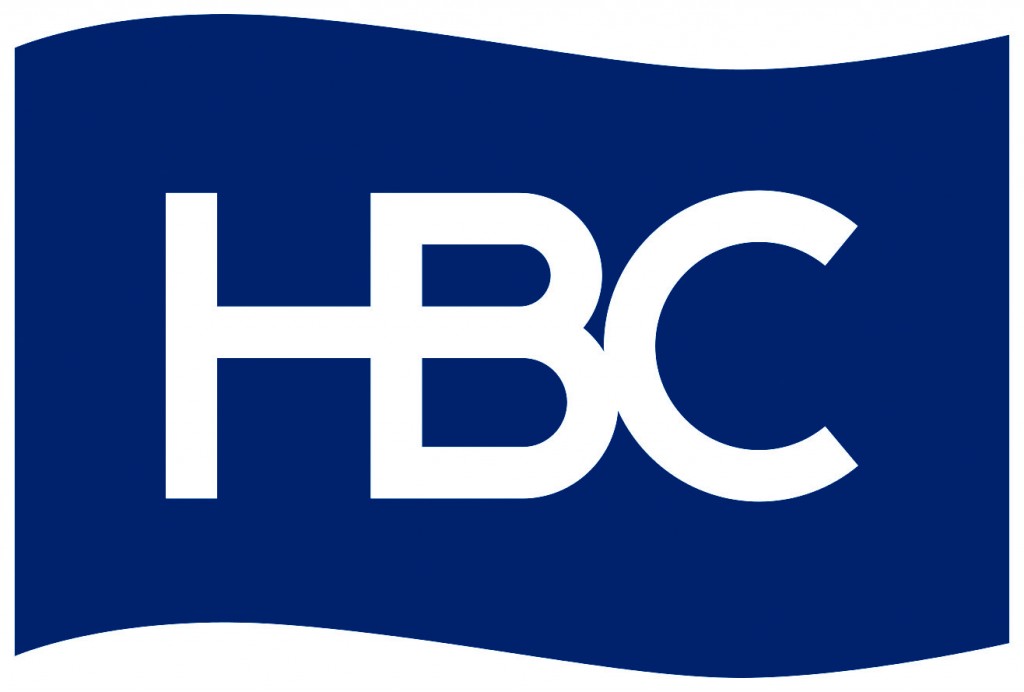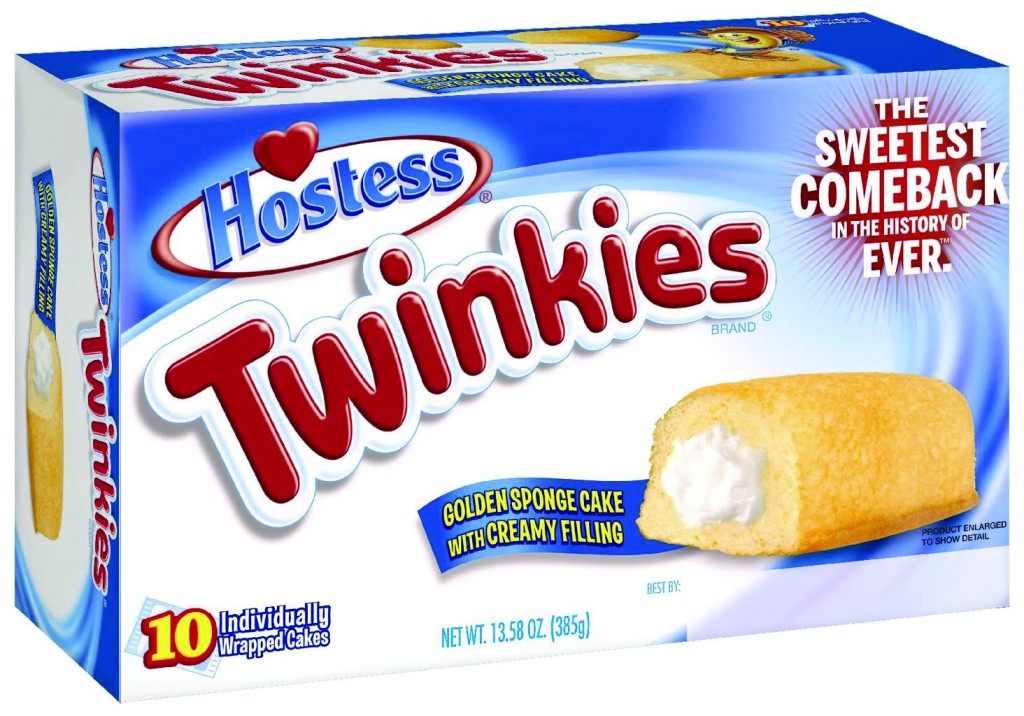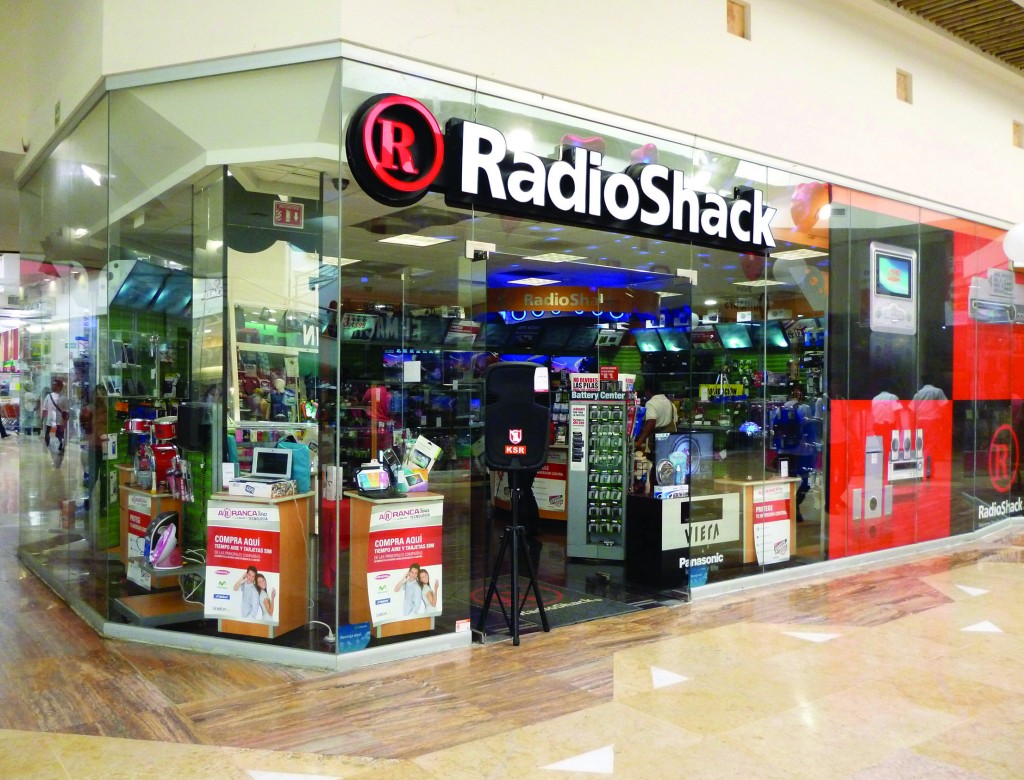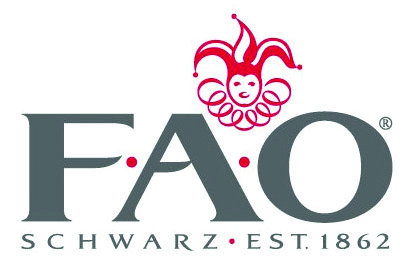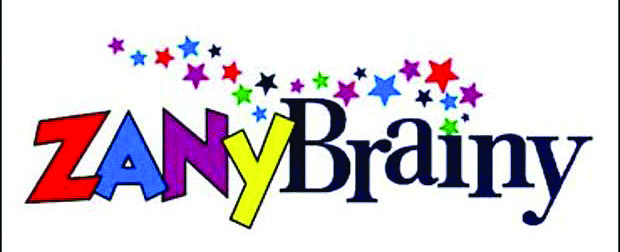
In 1912 Philadelphia, when someone said, “Meet me at the eagle,” everyone knew that meant to meet by the 2,500 pound bronze eagle in The Grand Court at Wanamaker’s palatial retail emporium next to Philadelphia’s City Hall. At the turn of the last century, Wanamaker’s store was a retailing pioneer: the first in America with electric lights, the first department store to have a restaurant with menus and the first to have a telephone. Wanamaker’s flagship store was so important that President William Howard Taft came to Philadelphia to dedicate it on December 13, 1911. For years, Wanamaker’s and Macy’s competed for the title of America’s largest retailer.
John Wanamaker originally conceived of the new principles he would use to run his store when, as a youth, a Philadelphia merchant refused his request to exchange a purchase. Wanamaker allowed his customers to return purchases for cash refunds, which was very uncommon at that time. He also invented the price tag. When news of the Titanic’s sinking was transmitted to Wanamaker’s wireless station in New York City, Wanamaker’s staff announced the tragic news to anxious crowds waiting outside—yet another first for an American retail store. The two million square foot palatial emporium featured the Wanamaker Organ, purchased from the St. Louis World’s Fair. At the time, it was one of the world’s largest musical instruments.
John Wanamaker created a powerful brand by using innovative retailing techniques. It was quite an accomplishment for a man with no retail experience and who was too weak to join the Union Army during the Civil War because of a persistent cough.
A century later, the potency of brands continues to rest on the subtle and often elusive blend of innovation, value and price. Evaluating and monetizing this class of asset is part art and part science.
The 80s Bring Brand Awareness
“In the past three decades, brands have become increasingly important in lending circles as the private equity and second lien community focused on brands as a key part of enterprise value,” says David McReynolds, managing partner of Five Crowns Capital. “In the 1980s, [private equity] players started to use brands as part of their justification of leveraged buyouts, such as Gibson Greeting Cards and RJ Reynolds. In the 1990s, distressed PE and second lien players appeared on the scene and saw brand loans as a way to engineer a tough deal.”
In the lead-up to the Great Recession, specialty IP lenders emerged, including UCC Capital and Paradox Capital. However, by 2008, they were out of the market. In the past decade, companies such as Iconix, Sequential Brands, BlueStar Alliance, Authentic Brands and Marquee Brands have emerged as buyers of orphaned and distressed brands. This has provided lenders with a viable exit in many challenging situations.
Lynn Whitmore, managing director at Wells Fargo Capital Finance in Boston, explains, “Lenders are always looking to add that extra bit of value for our clients. What’s interesting is how valuing and lending on brands is evolving; it’s no longer in its infancy but has grown to be a unique differentiator in the tool chest for retail lenders such as Wells Fargo. Understanding brand value and capitalizing on it in the right situations can be an important way to maximize value for our clients.”
How is a brand loan structured? David Peress, EVP at Hilco Streambank, explains the three most common structures are:
- ABL: The brand becomes part of the borrowing base, usually at some percentage (advance rate) of NFLV (net forced liquidation value).
- Stretch ABL: The brand is valued and is part of first lien collateral package. The asset-based lender is willing to stretch to higher advance rates on working capital assets given backstop or boot collateral.
- Second Lien: This type of lender comes in with a second lien on the working capital assets and a first lien on the IP.
“Another important consideration in structuring a deal is whether the brand has a licensing stream of revenue. If a lender can get visibility on the cash flow from a predictable royalty stream, this can be another way to substantiate brand value,” Whitmore adds.
“Brands and trademarks are sometimes ‘boot collateral’ – that is to say, nice to have , but not a deal breaker,” according to Nate Land of Clear Landing Capital. “In other situations, a loan against these assets is seen as the fulcrum security on a tough balance sheet.”
Decline of Brick and Mortar Retail
The crumbling of brick and mortar poses some interesting questions about brand value. Historically, getting shelf space at a major retailer was a long and arduous process. At grocery retailers, brand manufacturers often had to pay stocking fees, which could swamp the marketing budget of upstart products. The internet has dramatically tilted the playing field, enabling new products to gain traction in a highly targeted way. With the internet as a major channel to consumers, brand owners and manufacturers have real time information on how the brand is performing. An interesting question for historians in 10 years’ time will be how the internet has affected the rate of decline and demise of weak and orphan brands.
“Technology is facilitating lenders’ understanding of the value of brands. Today, valuing a brand is mostly science, not art,” Peress says. “A brand is much more than a name. Big data surrounding a product’s velocity through its channels has become crucial in understanding a brand’s value. Evaluating domain names, websites, retail big data and the social media engagement with consumers and opinion leaders have become the knife and fork of brand valuation.”
Technology has altered the life cycle of brands. Underperforming brands can be tweaked to extend their life cycle instead of being abandoned. The web has shortened the shelf life of many products. Take sheets and towels as examples. Once the products that your grandmother bought for you, sheets and towels became fashion items in the past 15 years. Retailers discovered that consumers wanted different colors of sheets and towels each season instead of replacing the products when they became frayed. Technology enabled rapid replenishment and increased product change-up by retailers. One of the reasons that Linens n’ Things was pushed into Chapter 11 in 2008 was its inability to keep up with brand shifts and velocities.
The crumbling of brick and mortar has also accelerated massive changes in the brand value of retailers. Over the past five years, we have all seen that the traditional department stores are under intense pressure from all sides.
The Hudson’s Bay Company’s recent bid to take over Macy’s highlights the issues confronting this channel to the consumer. Once a retail titan, Macy’s has struggled to remain relevant as e-commerce and discount retailers have decimated its brick-and-mortar business. Its website is one of the largest retailers of apparel in the U.S., but even Macy’s enormous scale is not enough to overcome the tidal waves of change. To some extent, Macy’s scale has become a disadvantage; there are too many established practices that need to be changed. In January 2017, Macy’s announced plans to cut more than 10,000 jobs and shutter many of its 880 stores.
Analysts at Citigroup estimate that Macy’s real-estate holdings could be worth at least $18 billion. Macy’s market value, by comparison, was just under $11 billion at the time of the bid. Hudson’s Bay is far smaller — its market value is about $1.5 billion — but it’s known for its aggressive steps. It has assembled a retail empire that includes Lord & Taylor and Saks Fifth Avenue. In 2014, Saks’ flagship store — one of New York’s temples of luxury retailing — was appraised at nearly $4 billion, making it one of the most valuable retail properties in the U.S. — far exceeding the $2.9 billion that Hudson’s Bay paid for all of Saks in 2013.
Industry observers anticipate that grocery chains will be the next category to face severe headwinds. Some of the large grocery chains which have large, static supply chains are squaring off against nimble competitors who are capitalizing on farm-to-table, organic and personalized consumer preferences.
The value of a brand as collateral was underscored recently in the Hostess recapitalization. In 2012, Hostess filed bankruptcy and its factories went dark. In early 2013, Apollo Global Management and Metropoulos & Company spent $186 million to buy some of Hostess’s brands such as Twinkies and Ding Dongs, which were considered tired or dead brands by many industry players. As the company got back on its feet, the owners were able to leverage Hostess with a $1.3 billion loan facility. Less than four years later, they sold the company in a deal that valued Hostess at $2.3 billion. Apollo and Metropol have realized a return totaling 13 times its original cash investment.
Burt Feinburg, managing director, Corporate Finance, CIT Bank, notes, “We’ve had success in lending against brand value. We had a recent workout for a branded apparel company where the intellectual property sold at approximately FMV, enabling all lenders to realize a full recovery. Like other asset classes, it is important to have regular updates of the brand appraisal to ensure that the borrowing base is properly margined and reflects changes in the relevance of the brand.”
Some industry observers think that brand values may get pushed too high by the new entrants into the brand purchase space. This may lead to overly optimistic valuations. The disappointment in the brand value of the Sports Authority name is a case in point. The recovery on that brand name undoubtedly whiffle-balled some players in the capital structure of this retailer.
“We have seen cases where a brand is locked in within a corporate entity and the management team that cannot maximize the profitability, thereby inhibiting the brand value as a result of its own management bandwidth limits and and/or trying to do too much with the brand,” Feinburg says. “We have also seen that companies tend to follow a playbook… that is develop a wholesale model and then roll out a retail store base or vice versa, add a digital strategy, while at the same time control all the manufacturing for a multitude of SKUs in numerous categories. That is a tall task, and it is difficult for a management team to be fluent in all these areas.”
So in many cases, while the brand generates sales, the profits do not necessarily follow due to sourcing issues and other inefficiencies or lack of strength in all these areas. This has given rise to companies like Sequential Brands that focus on brand management while leaving production to licensees and retailers that have better access to scalable manufacturing resources and visibility to demand and merchandising decisions.”
Do lenders want to lend against a service company brand name? Michael Haddad at Sterling Bank ABL responds, “In the current lending environment, the U.S. economy is made up more and more of service companies, so the broad answer is yes. We both have no choice if we want to play at all and there are some strong service companies with very sticky streams of revenue that prop up the brand name for longer and longer periods.”
Some recent bankruptcies provide color on brand loan recoveries. In the case of the bankruptcy of Radio Shack in 2015, lenders realized 160% of the orderly liquidation value recovery that was projected when the asset-based loan was booked in 2013. Across the pond in 2014, the bankruptcy recovery for lenders in the Netherlands-based retailer MEXX was midway between the OLV and the Forced Liquidation Value for the European intellectual property. In 2014, Talbots bought the Coldwater Creek apparel brands in bankruptcy court, generating a recovery for lenders that was in line with expectations. The recent liquidation of The Limited stores was an interesting case. This retailer did a quiet out-of-court liquidation of its inventory, then filed bankruptcy with a $25.75 million floor price for its brand names and related e-commerce assets.
Chapter 22
Certain brand names are strong enough to survive multiple trips through bankruptcy court. Frederick’s of Hollywood is an example. The brand was positioned at the racier end of the lingerie spectrum and was the biggest player in the $13 billion lingerie business for decades. Despite founder Frederick Mellinger’s motto, “sex never goes out of style,” Frederick’s couldn’t keep up with nimble rivals like Victoria’s Secret even as Mellinger turned up the heat by expanding into sex toys and engaging celebrities like Madonna and Pamela Anderson to wear Frederick’s lingerie.
Following a leveraged buyout in 1997, which loaded the company with nearly $100 million in debt, Frederick’s filed for Chapter 11 in 2000. By the time Frederick’s filed Chapter 22 in 2015 with debt of $106 million, its chain of 200 stores had shrunk to a handful. Yet the brand held value, and it was purchased for $22.5 million by Authentic Brands, which acquired the trade names, e-commerce site and some inventory. Authentic Brands most recently bought Aéropostale in a 363 sale, and also owns once troubled brands Airwalk and Hart Schaffner Marx.
Trouble in Toyland
For decades, toy retailer FAO Schwartz’s Fifth Avenue store in Manhattan was a magnet for tourists. Schwartz was immortalized in the 1988 blockbuster movie, Big, where Tom Hanks danced on the floor piano. In January 2003, the retailer made a quick trip through bankruptcy court, emerging in April 2003. By December 2003, Schwartz did a Chapter 22, with investment group D.E. Shaw winning the 363 sale. In 2008, D.E. Shaw sold the retailer to Toys “R” Us, who put FAO Schwartz boutiques into some of its stores. In 2015, Toys “R” Us closed all Schwartz stores, including the iconic flagship store.
Airwalk Shoes is a brand that has successfully ridden the bankruptcy rollercoaster. It was a hot shoe brand in the 1990s, appealing to the fickle teen marketplace. Its high water mark for revenues was around $240 million in 1997. In 1999, Sunrise Partners, an affiliate of Houlihan, purchased Airwalk. By 2001, Airwalk was bleeding. Congress Financial made a brand loan secured by Airwalk’s trademarks and licensing agreements. In December 2003, Airwalk ended up in Chapter 11, owing Congress $18 million and Sunrise $91 million. In its court filings, Congress testified that the intellectual property was valued between $7 million and $13 million. The bankruptcy court described Airwalk as a “Dead Man Walking.” Sunrise bid its own debt at $26 million. In 2007, Payless ShoeSource acquired a portfolio of youth active wear which included Airwalk for $91 million. Authentic Brands bought Airwalk from Payless in 2015.
“We’ve seen industry sectors get pummeled and once-strong brands sucked into the vortex,” says Garry Graber, partner at Hodgson Russ in Buffalo. “In the late ‘90s, Rochester-based World of Science was an important player in the science retail marketplace, with nearly 200 stores nationwide. Within three years, the sector was demolished, and strong brand names like The Museum Store, Zany Brainy, Noodle Kidoodle and World of Science disappeared beneath the waves.”
“Lenders also need to consider whether a brand truly has a reason to exist. This is particularly true in today’s changing retail environment. Can competitors do what your borrower is doing, only cheaper or better? And if so, does it diminish the value of what was once a strong brand? Certain sectors, such as the teen apparel market, show that it can be challenging to avoid getting sideswiped by new competitors for these very reasons,” Whitmore says.
A good brand appraisal will install guardrails on the important functions and expenditures that support brand value. Typically brand appraisers are asked to provide FMV, NOLV (net orderly liquidation value) and NFLV (net forced liquidation value). The NFLV standard most resembles a compelled sale in Chapter 11. Understanding the risks associated with different distribution channels like brick and mortar is a critical component of a good brand valuation. For example, Dunkin Donuts has more than 10 million Facebook fans. What’s that worth? In providing an opinion of brand value, the appraiser must apply appropriate discounts to adjust for these risks.
“Many ABL players have covenants that require pay down or additional collateral if the brand value starts to fall or the recent appraisal shows weakening,” says Steven Chait, managing director, EMEA Regional Head, Wells Fargo Capital Finance, London.
“Typically, there’s an abundance of yellow flashing lights signaling to the lender that trouble lies ahead.”
Haddad adds a note of caution: “The lender better feel comfortable, know what they are doing and be prepared for anything as they ride the IP roller coaster.”
Peress sums it up: “Intellectual property, particularly brands, are the crown jewels of many companies. Careful underwriting and monitoring of a brand can provide a predictable source of recovery for asset based lenders.”
As the 20th century progressed, the Wanamaker brand lost its luster as the retailer surrendered ground to more nimble competitors. In the end, this signature American brand was destroyed by years of mismanagement and excessive debt burdens from corporate acquirers. In small ways, the Wanamaker legacy lives on. Famous movies like Philadelphia Story and Broadway plays like Guys and Dolls keep the name alive. The Wanamaker Trophy has been awarded each year to the winner of the PGA Championship since the first golf tournament was held in 1916. The Wanamaker organ still stands in place in its former retail splendor and is the largest operational pipe organ in the world, with some 28,000 pipes. Wanamaker’s flagship store in Philadelphia, was designated a National Historic Landmark in 1978. Macy’s currently operates the retail space, which has been reduced from 12 floors to four, but Philadelphians are still meeting at the eagle.


